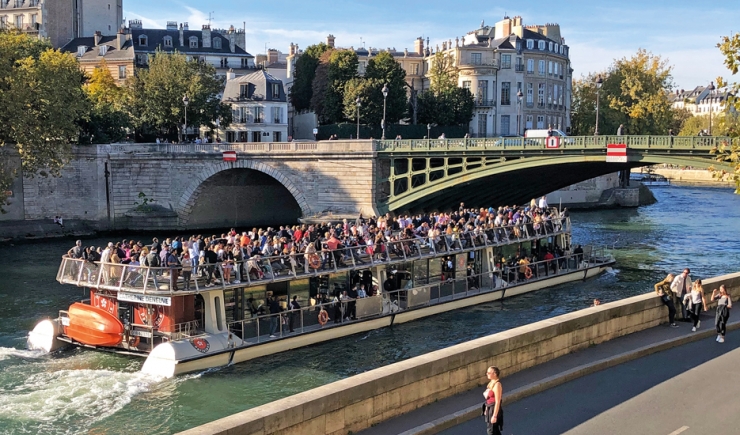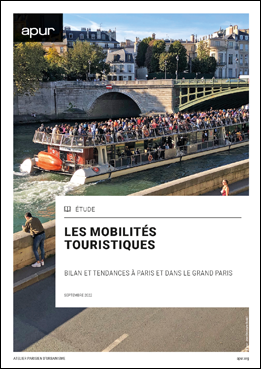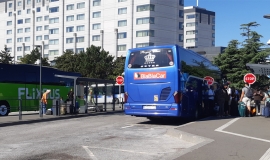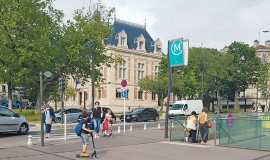Can tourism and a sustainable city go hand in hand? Given the great number of tourists that visit Paris and Grand Paris, Apur wanted to take stock of the situation of how mobility is developing for people travelling to Paris and getting around during their stay. The study also looks at current changing trends and those hoped for in terms of eco-responsible tourism.

The exceptional record of tourism in France over the past several decades has put it at the top of worldwide destinations in regard to international arrivals. This performance is today being put into question, primarily because of the negative effects, particularly environmental, generated by the sector.
Tourism represents 7.4% of the GDP and 11.1% of national greenhouse gas emissions, of which transport is the main contributor.
This is the context in which Apur wished to document tourist mobility in Paris and Grand Paris, where the impact is multiplied by the attraction the capital-region has for international tourists, 67% of whom travel by air.
In 2019, Paris was the tourist destination for 30 million people and although in 2022 this figure hasn’t yet been matched, all those active in the sector think that it will be achieved rapidly or even overtaken.
In the Grand Paris Metropolis, tourism provides the livelihood of 390,000 employees and many museums and monuments depend on the attendance of international tourists.
Confronted by this powerful reality, how can sustainable tourism be reconciled with a reduction in the impact of GHE? How can a new equilibrium between walking, biking, boating, taking the train and air travel be found?
This study makes an assessment of tourist mobility through the developments in recent years, both in terms of visitors’ arrivals and during their stay in the capital. It presents trends which reconcile ecology and tourism, such as staying for longer periods, an increase in rail travel, the promotion of active modes of transport, the development of new practices and new services such as “slow tourism”.







